The brand presents itself as an ODM/OEM assembler who usually builds for others and would have decided to launch his own machines. Here is a variation of the GPD Pocket concept. Diagonal netbooks from 7″ updated with all the advantages of our time: More powerful processor, consistent RAM, generous SSD… We are far from the first EeePC but more turned towards a miniaturized ultrabook concept. However, we stay pretty close to their prices since if the first EeePC 701 came out at $299, the Peakago is promised at the same price!
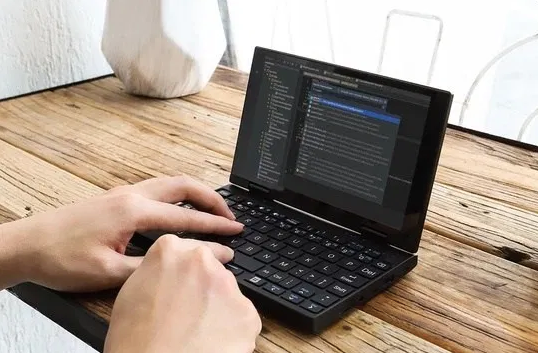
In detail the machine is quite interesting with a tactile 7″ that displays in 1920 x 1200 pixels. This is almost too much for such a diagonal even if Windows now has the necessary tools to manage a good readability in this mode. This slab is housed in a frame that allows the screen part to rotate 360° for use in tablet mode.
The RAM of this device would be very comfortable with 8 GB embedded. This should offer a certain comfort to the whole with the possibility of really exploiting this great definition by opening many programs in parallel. The Embedded Storage would be a 128 GB non-specific SSD. I am suspicious of this SSD name because many manufacturers include eMMCs as high-end PCIe NVMe solutions in this catch-all word.
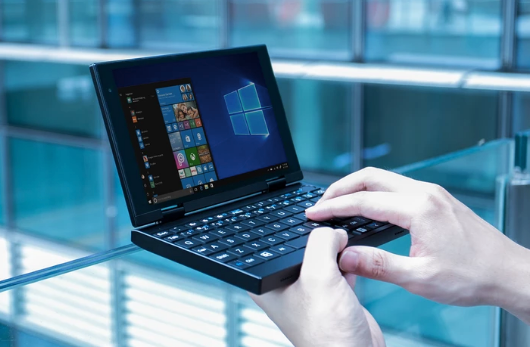
But, because there is a first one but, a downside occurs when reading the type of embedded processor. The Peakago is described as offering an Intel Cherry 8350, a way to beat around the bush around the Atom X5-Z8350… Not a bad processor but a solution that is now getting old and that is not well understood in a new machine. This chip, which equipped for example the very good Asus Transformer Book T100, is very capable. It knows how to do many things and if it is well supported as here, it will perfectly suit this type of diagonal. But a passage through the Gemini Lake cell of the Celeron N4100 or the use of a Core M3 would have been a big plus for a machine of this type.
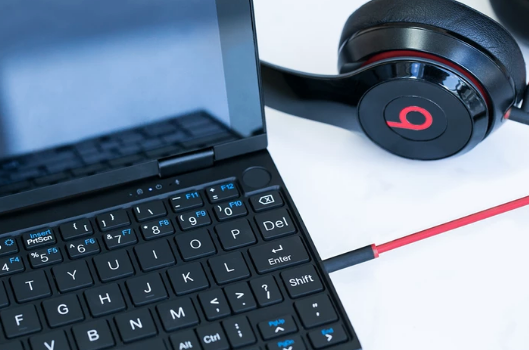
The rest of the configuration also includes some disappointment with, for example, the use of a Wifi4 that could have switched to Wifi5 for a few more dollars. The chipset also provides a Bluetooth 4.0. In parallel to this dusty network chipset, we discover a USB Type-C port that should mainly be used to power the machine, a USB 3.0 port, a 3.5 mm audio jack headphone port and a MicroSD player. A 0.3 megapixel webcam is also integrated on the side of the screen.
The battery is indicated as a 4500 mAh and the device as weighing 700 grams for dimensions of 18.1 cm wide, 11.3 cm deep and 19.6 mm thick. All this would run on Windows 10 S, a special and limited mode that can be easily skipped to find all the features of Windows.
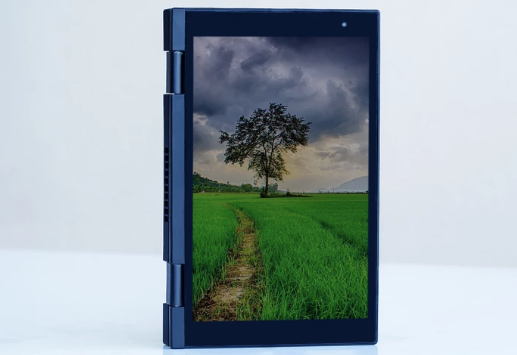
Interesting? Yes ! for 299$ this could be suitable for many users despite its small size. Program, manage a network, take notes, play, surf and the other 1000 uses of a real keyboard and screen combination in a pocket-sized format. Even better, the brand promises a 40% price reduction as soon as its campaign is launched if you leave them your email….


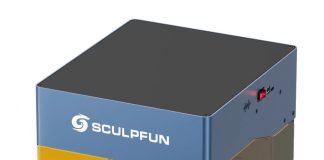






Yes I am interested.
I wanted it. Brilliant and useful on the go
I am interested to buy